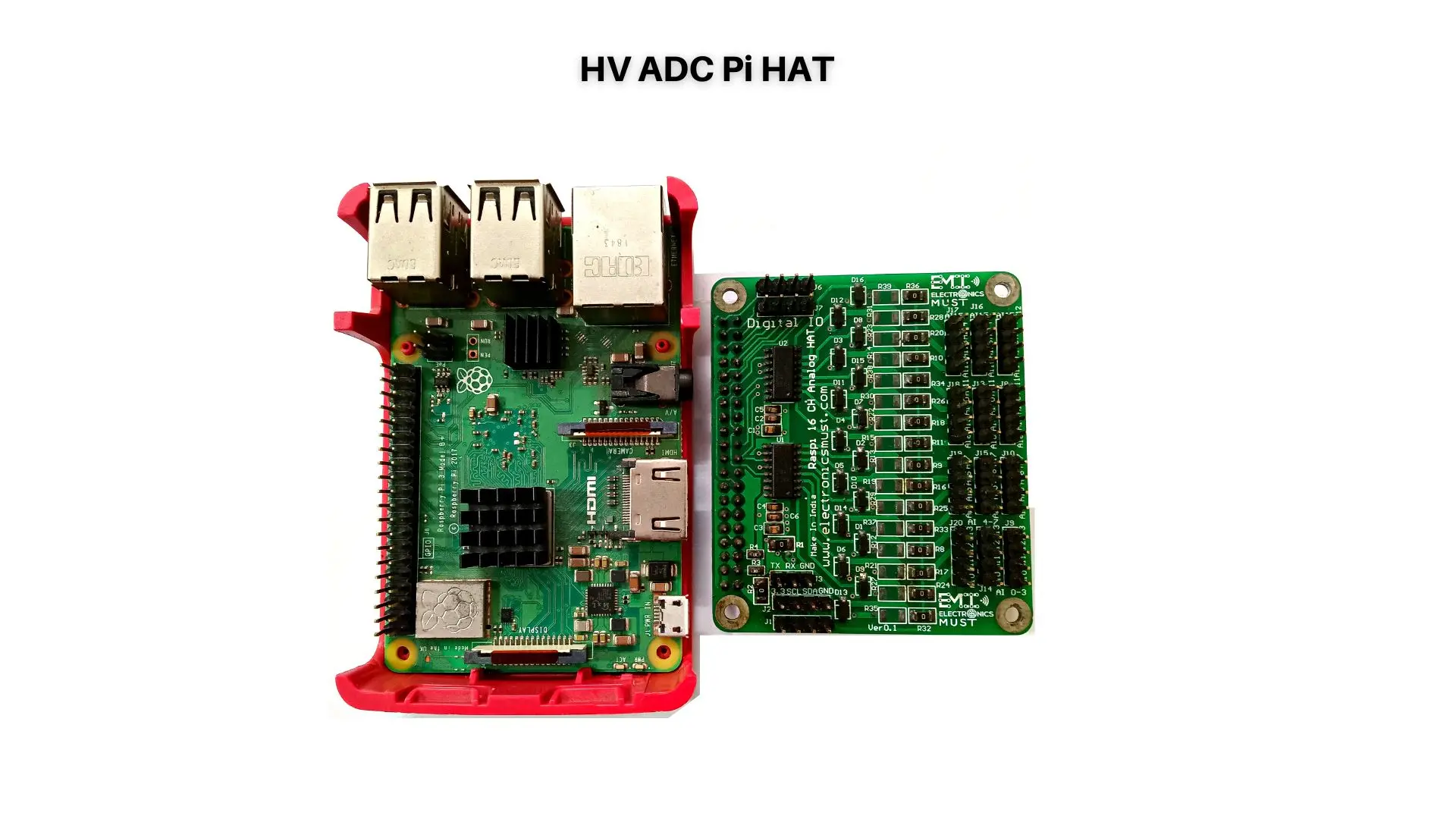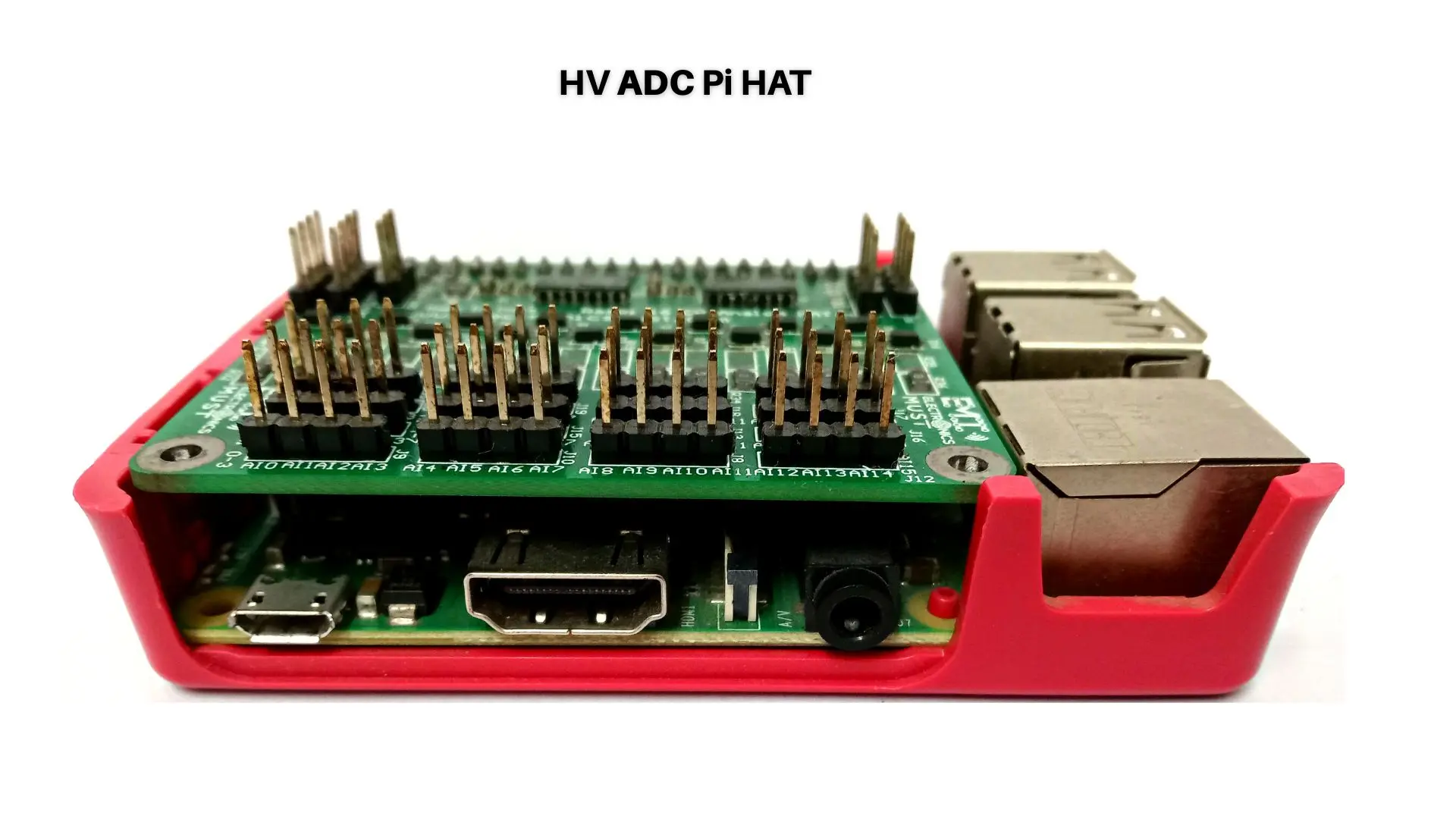For designing printed circuit boards (PCBs) for consumer electronics, there are several common mistakes that designers should avoid. These mistakes can lead to issues with performance, reliability, and overall functionality. In this article, we’ll explore some of the most common PCB design mistakes and provide tips on how to avoid them.
1. Not considering the physical size of components
One common PCB Design mistake that PCB designers make is not considering the physical size of the components they are using. If components are too large or too close together, it can lead to issues with heat dissipation, interference, and overall performance. To avoid this, designers should carefully consider the physical dimensions of each component and ensure that there is adequate space between them.
2. Not using the correct materials
Another common PCB design mistake is not using the correct materials for the PCB. For example, using a material with poor thermal conductivity can lead to issues with heat dissipation and reliability. Similarly, using a material with poor electrical properties can lead to issues with interference and signal integrity. To avoid this, designers should carefully consider the properties of the materials they are using and choose the best material for the specific application.
3. Not considering the impact of vias and traces on signal integrity
Vias and traces are essential components of a PCB design, but if they are not placed and routed correctly, they can lead to issues with signal integrity. For example, if traces are too long or not route in a straight line, it can lead to signal degradation and interference. Similarly, if Vias are not placed correctly, it can lead to issues with impedance and signal reflection. To avoid this, designers should carefully consider the placement and routing of vias and traces and use simulation tools to ensure that the design meets the required specifications.
4. Not considering the impact of EMI and EMC
EMI (electromagnetic interference) and EMC (electromagnetic compatibility) are common issues in consumer electronics, and if it does not consider them during the PCB design process, they can lead to issues with performance and reliability. To avoid this, designers should carefully consider the impact of EMI and EMC on their design and use shielding, grounding, and other techniques to minimize interference and ensure compatibility.
5. Not testing and validating the design
Finally, one of the most common PCB Design mistake in PCB design is not testing and validating the design before production. Even small design errors can lead to significant issues with performance and reliability, so it’s essential to thoroughly test and validate the design before moving to production. This can include using simulation tools, performing functional testing, and conducting environmental testing to ensure that the design meets the required specifications.
In conclusion, there are several common PCB design mistakes that designers should avoid when designing consumer electronics. By carefully considering the physical size of components, using the correct materials, considering the impact of vias and traces on signal integrity, considering the impact of EMI and EMC, and testing and validating the design, designers can create high-quality PCB designs that meet the required specifications and ensure reliable and efficient operation of the consumer electronics.






